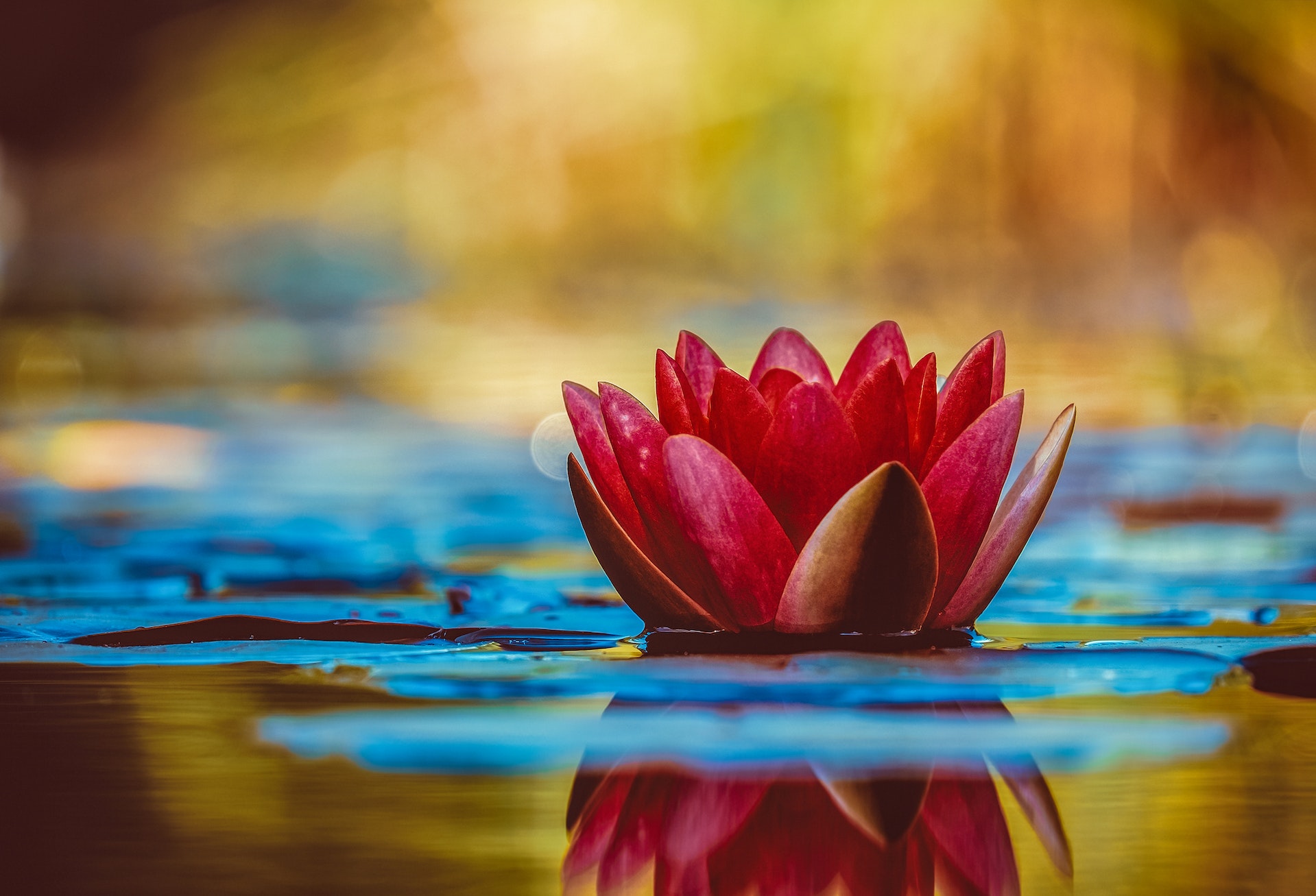Aerators and fountains can play an essential role in pond health. The plants and other vegetation that fill the pond can consume oxygen too quickly. This isn’t good for the fish and the remaining plant life. An aerator can increase the oxygen content in the water and help keep bottom plants alive.
Atmospheric diffusion
Pond aerators and fountains use diffused air to add oxygen to the water. This method is more effective than surface aeration, as it evenly mixes water throughout the pond’s body. It also eliminates thermal stratification, which can affect the pond’s health. It is also more energy-efficient than surface fountains.
Diffusers can be simple or complex, depending on the application. The simple air diffusers are used in shallow bodies of water and use a land-based compressor to pump air to the diffuser. These diffusers often have fine holes punched in the membrane, which allows air to flow through. Coarse bubble diffusers produce a more significant amount of air than fine bubble diffusers, and they are less likely to clog. The fine bubble diffuser is less effective, however. The bubbles are tiny and don’t project as far as the coarse bubbles.
Disrupt stratification
Diffuse aeration is an essential step toward eliminating pond stratification. Diffuse aeration moves oxygen from the top of the water column to the bottom of the water body. This is necessary because the biological processes at the bottom consume oxygen quickly. In addition to this, thermal stratification and lack of circulation prevent oxygen from reaching the bottom.
Aeration is also necessary for the health of aquatic life. Without proper aeration, a pond could experience ecosystem decline and fish deaths. However, aeration can provide the oxygen essential for healthy pond life.
Increase oxygen content
Aeration is essential to increase oxygen content in ponds. Without proper circulation, water bodies naturally stratify into layers based on temperature, oxygen content, and density. These layers can be pretty foul-smelling. Aerobic bacteria can’t grow and break down organic matter without adequate oxygen, creating thick muck deposits. Aerators and fountains increase the oxygen content of your pond’s water by increasing water movement. This helps bacteria break down organic wastes and improves your water quality. Aeration also helps in de-stratifying the water column. Because lakes and ponds are typically comprised of stratified layers, aeration helps to break down these layers and improve the overall health of the water.
Fountains and waterfalls are two standard options for aeration. Waterfalls naturally incorporate oxygen into the water as droplets tumble into the water. On the other hand, fountains only use the surface of the water and don’t penetrate much more profoundly.
Disrupt algae growth
Fountains and pond aerators can disrupt algae growth by raising oxygen levels in the water. Higher oxygen levels are also conducive to beneficial microbial populations that break down the nutrients algae rely on to grow. When nutrients become less available to algae, blooms will recede. Fountains and pond aerators are also great for improving water quality. By oxygenating the water, they reduce the production of hydrogen sulfide, which gives water a rotten egg odor. Hydrogen sulfide is produced by anaerobic bacteria that thrive in low-oxygen environments. Water that has little or no oxygen also encourages mosquitoes. Fountains and aerators can help prevent mosquitoes from breeding in stagnant water. Additionally, fish are natural predators of mosquitoes. Aerators can also help to control algae growth. Fountains and pond aerators can help by adding more oxygen to the water and venting excess carbon dioxide. The added oxygen in the water will help to decompose dead algae, preventing it from harming your fish.
Improve visual appeal
Fountains and aerators are excellent choices for your pond, but you have to make sure that you choose one that suits your pond’s depth and ecosystem. Choosing the right pond aerator is essential for the health of aquatic life and can also improve the aesthetics of the pond. Without aeration, a pond may have dead fish and algae that make it unsightly.
While a fountain is primarily decorative, a sub-surface aerator circulates air in diffusers at the bottom of the pond. Both fountains and aerators work by moving water up through the water column. Floating fountains are attractive and relaxing, and many are also equipped with LED lights. There are also color-changing fountains available.

